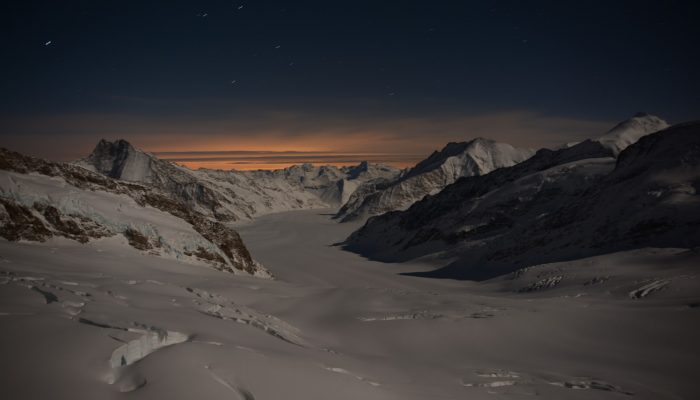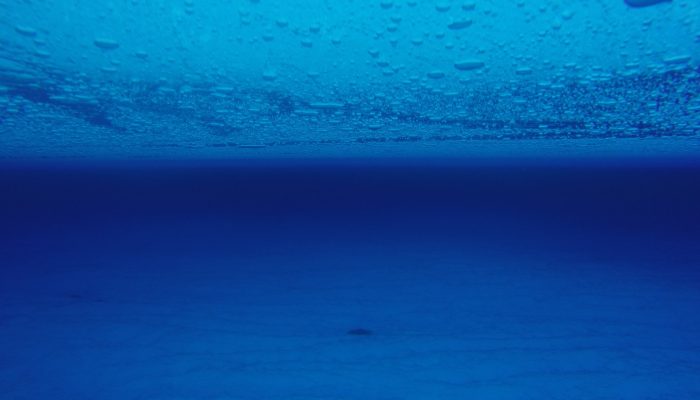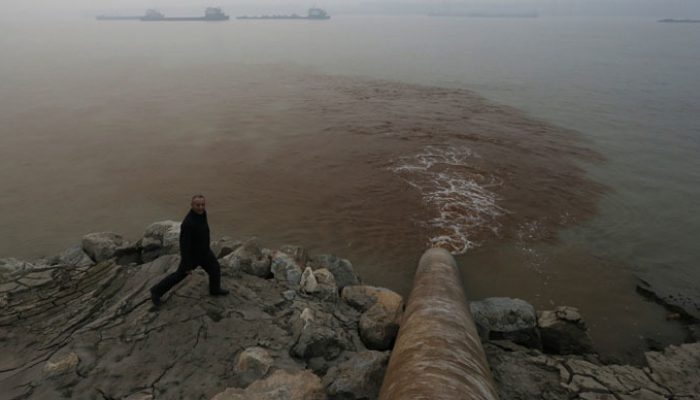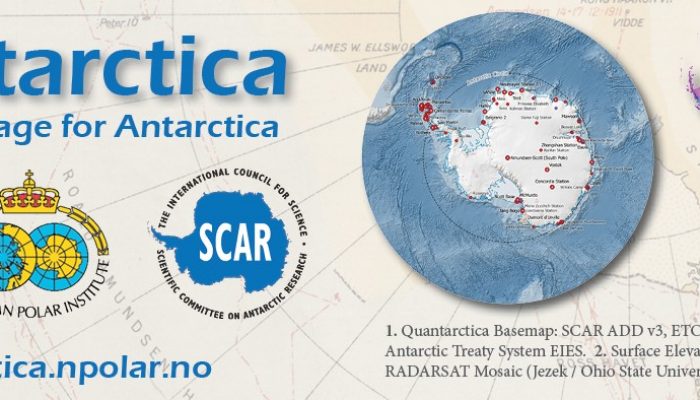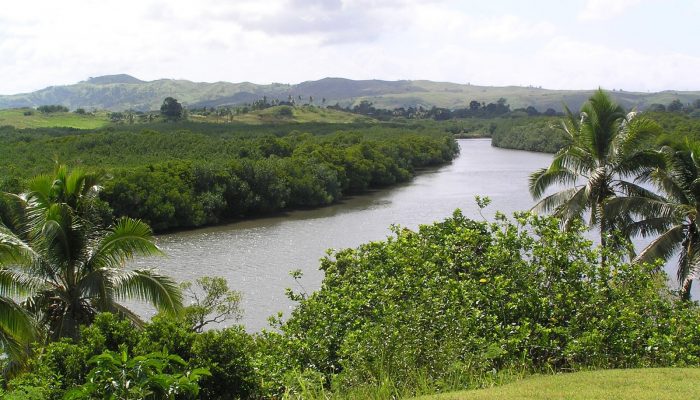In 1904, the Swedish chemist Svante Arrhenius suggested that the burning of fossil fuels to satiate our hunger for energy would increase the percentage of carbon dioxide (CO2) in the atmosphere, which would change the Earth’s temperature. Regular measurements of atmospheric CO2, started in the late 1950’s at remote locations such as Mauna Loa in Hawaii and the South Pole, confirmed his hypothesis ...[Read More]
If you didn't find what you was looking for try searching again.
GeoLog
Communicate your Science Video Competition finalists 2017: time to get voting!
For the fourth year in a row we’re running the EGU Communicate Your Science Video Competition – the aim being for early career scientists to communicate their research in a short, sweet and public-friendly video. Our judges have now selected 4 fantastic finalists from the excellent entries we received this year and it’s time to find the best geoscience communication clip! The shortlisted videos wi ...[Read More]
Geomorphology
7th Young Geomorphologists’ Day in Naples/ Italy
The Italian Young Geomorphologists represented by Irene Bollati (front row, green jacket) and Francesca Vergari invite you to join their event in June 2017. Group shot taken during the fieldtrip in Sardinia at the 6th Young Geomorphologists’ Day in 2015 IMPORTANT NOTICE! All those who tried to subscribe to the VII Young Geomorphologists Day 2017, should re-send all the documentation to the mail ad ...[Read More]
GeoLog
Imaggeo on Mondays: Concord at midnight
The high peaks of the Alps are always awe inspiring, but this midnight shot, captured by Alessandro Lechmann, a PhD student at the Institute of Geological Sciences at the University of Bern, further enhance their fragile beauty. With a warming climate threatening snow availability to even the highest peaks, it has never been more important to appreciate the importance of the glaciers which drape t ...[Read More]
Cryospheric Sciences
Image of the Week — Hidden lakes in East Antarctica !
Who would have guessed that such a beautiful picture could get you interviewed for the national news?! Certainly not me! And yet, the photo of this englacial lake (a lake trapped within the ice in Antarctica), or rather science behind it, managed to capture the media attention and brought me, one of the happy co-author of this study, on the Belgian television… But what do we see on the pic ...[Read More]
GeoLog
GeoEd: Do as I say… AND as I do
Bridging the gap between student and teacher is not always easy. For students, the educator might seem ‘untouchable’ and inaccessible. A sense exacerbated when assignments are set and they turn out to be new, complex and unfamiliar. In this new installment of our GeoEd column, regular guest blogger Rhian Meara of Swansea University, discusses a simple approach to overcome some of these ...[Read More]
WaterUnderground
Deep challenges: China’s ‘war on water pollution’ must tackle deep groundwater pollution pathways
by Matthew Currell, School of Engineering, RMIT University, Australia As part of its recent ‘war on pollution’, the Chinese Central Government released a major policy on water pollution control and clean-up, called the ‘10-point water plan’ in 2015. The plan aims to deal once and for all with China’s chronic water quality problems. China’s water quality deficiencies became widely recognised around ...[Read More]
Cryospheric Sciences
Quantarctica: Mapping Antarctica has never been so easy!
One of the most time-consuming and stressful parts of any Antarctic research project is simply making a map. Whether it’s plotting your own data points, lines, or images; making the perfect “Figure 1” for your next paper, or replying to a collaborator who says “Just show me a map!,” it seems that quick and effective map-making is a skill that we take for granted. However, finding good map data and ...[Read More]
GeoLog
Presenting at the General Assembly 2017: A quick ‘how to’ from the EGU
The schedule is out, presentation slots have been assigned and it’s time to start thinking about putting yours together. Whether you have an oral, poster or PICO slot, we have a suite of simple guidelines to get you ready for the conference! Orals The guidelines for oral presentations are online. All oral presentations should have the dimensions 4:3 or 16:9 and last about 12 minutes, with 3 minute ...[Read More]
GeoLog
Imaggeo on Mondays: A Fijian paradise
Today’s post is brought to you by Lisa-Marie Shillito, a Lecturer in Landscape Archaeology at Newcastle University. Initially, this photo may seem like any other tropical paradise: lush forests line a meandering river, but there is much more to the forests in the foreground than first meets the eye. Over to Lisa for the details. I first visited Fiji as an undergraduate student, where I undertook m ...[Read More]


